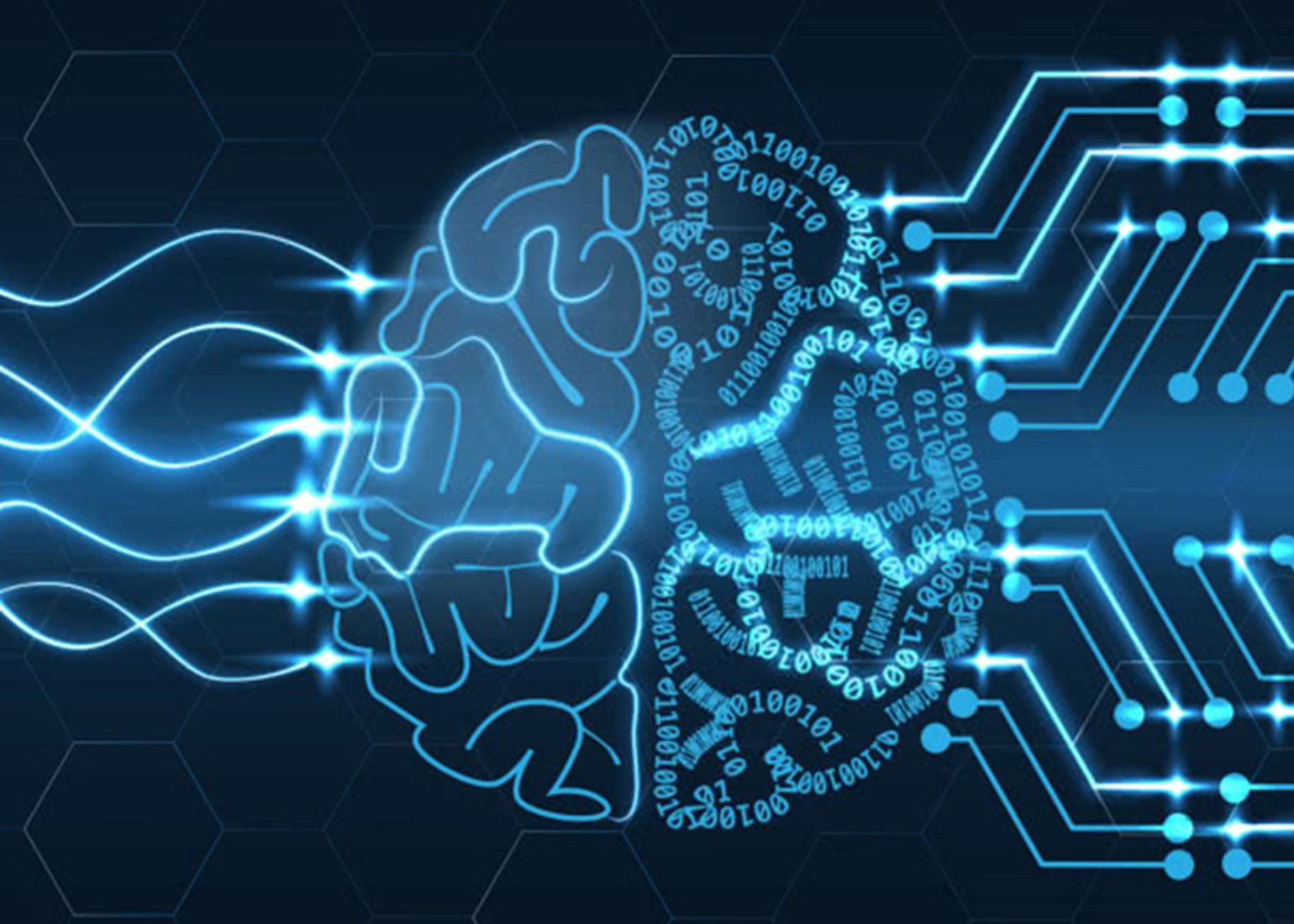Research Focus
We conduct our research in four distinct foci, and follow an inter- and multidisciplinary, comprehensive approach.

Facts
- 4 research foci in 25 research units.
- 84 professors; full, associate and assistant.
- 355 scientific staff, including part time.
- 15451 publications and presentations.
- 876 grants and funded projects.
- 358 awards and accolades.
The development of recent years has led to a diversification of research, which has been strongly influenced by the penetration of society with newly developed communication media, in particular the Internet. An important trend in computer science research is the increased mapping of system and hardware functionalities in software components. This makes them easier to configure and adapt.
There is also a trend towards increasing abstraction or virtualization, as well as ever larger and more comprehensive IT systems: “Systems of systems” are emerging. Major challenges for research are the increasing complexity and constant change of these systems, their integration and the increasing dependence of society on the correct functioning of the systems.
Focus Areas
Computer Engineering is based on an integral approach combining informatics, communications technology and microelectronics. The primary area of research is embedded systems, which are an essential part of many objects in our everyday life.
Topics: Digital Circuits and Hardware Architectures / Parallel and Distributed, Dependable, Real-time Systems / Hybrid Systems and Optimal Control / Quantitative and Runtime Verification / Computational Modeling and Simulation / Autonomous Systems, Robotics and Automation Systems Integration / Cyber-physical Social Systems & Internet of Things
Information Systems Engineering provides foundational and advanced techniques, algorithms, design and engineering approaches to model complete lifecycles of data-intensive and distributed information systems.
Topics: Compilers, Languages, and Middleware Engineering / Programming Systems and Tools / Distributed Systems / High Performance Computing / Data Analytics and Machine Learning / Business Informatics / E-commerce / Informatics Didactics
Over the last few decades, computers have been increasingly used for tasks that were once thought the sole preserve of human intelligence. Scientists have developed ways of formally representing knowledge and using “intelligent” methods to solve problems with the aid of computers. This field is generally described as computational intelligence.
Topics: Algorithms and Complexity / Computational Logic and Deduction / Constraints and Satisfiability / Problem Solving and Optimization / Foundations of Databases and Artificial Intelligence / Knowledge Representation and Reasoning Methods / Semantic Systems and the Web / Formal Methods for Security and Privacy / Verification and Safety of Computer Systems / Natural Computing and Formal Languages
Visual Computing and Human-Centered Technology investigates the design and development of key technologies in the areas of computer vision, computer graphics, visualization, augmented/mixed/virtual reality, and human-computer interaction.
Topics: Computer Graphics / Computer Vision and Pattern Recognition / Visualization and Visual Analytics / Virtual, Augmented, and Mixed Reality / Media Analysis and Retrieval / Human-computer Interaction, Design and Socially Embedded Computing / Assistive Technologies and Ubiquitous Computing

